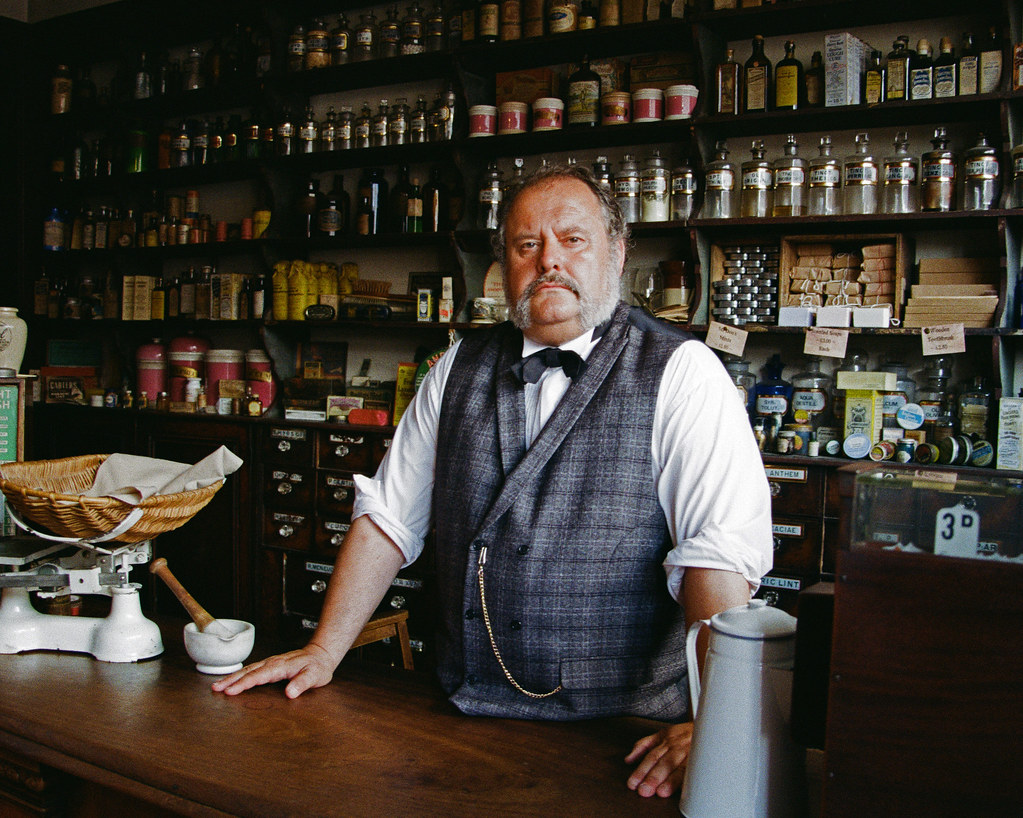- Messages
- 68
- Edit My Images
- No
Currently looking at doing natural light portraits (for fun not business), and considering whether a light meter would be a good investment. I might in the future also move into off camera flash, but not for a while.
I know that cameras have metering etc but I'd like to get it right in shot as much as possible ie using custom white balance/grey card, so is a light meter a sensible idea or not. Also are there any budget ones for under £50?
I know that cameras have metering etc but I'd like to get it right in shot as much as possible ie using custom white balance/grey card, so is a light meter a sensible idea or not. Also are there any budget ones for under £50?




